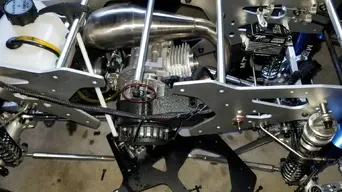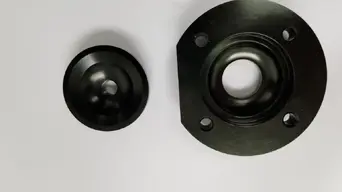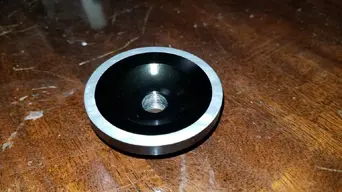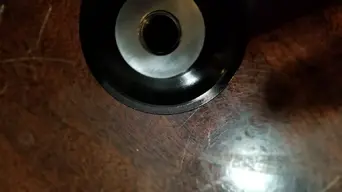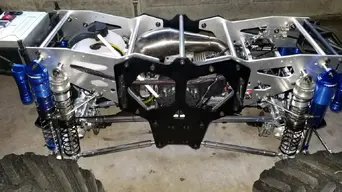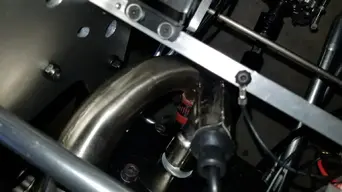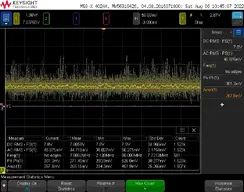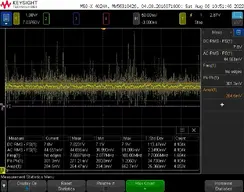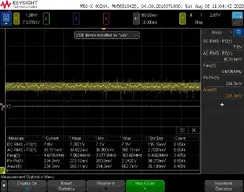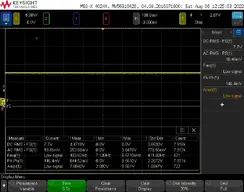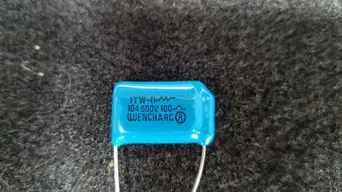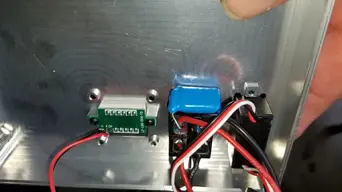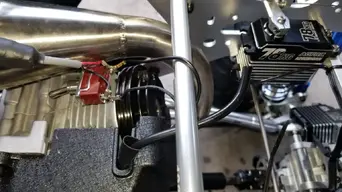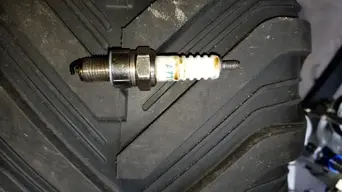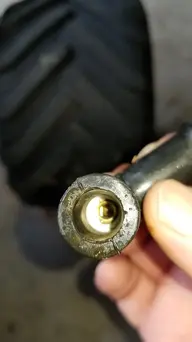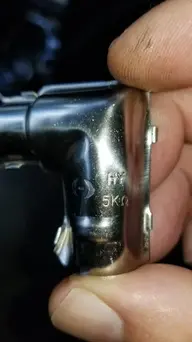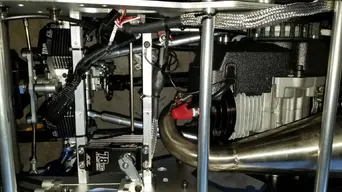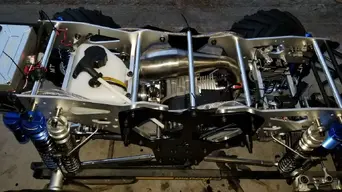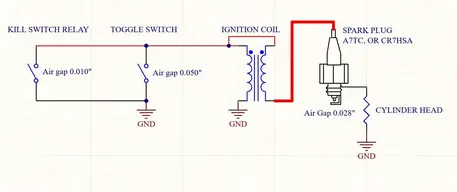owen_primalrc
Member
- Messages
- 15
Nice looking upgrades all around! Sorry to hear about your run away issue, glad no one was hurt and nothing was damaged.
If you already contacted [email protected] about your servos I can definitely take a look at them. I may do a tutorial soon on a potential fix to make our stock 100kg servos more reliable.
And yes the sway bars will be changed for Grave Digger. You can actually bend the ones you have now if you want to fit reservoirs.
McMaster part# 5537K14 may be the stuff to try to fix the interference issues. Something else that is an easy fix is adding a hose clamp around the spark plug boot. Somehow this fixes the interference issues for some people. It basically clamps the boot down tight to prevent it sliding off and touching the frame.
I'm still testing these electrical issues myself as well. I've never suspected the kill switch to be the culprit but I can test it out. This probably isn't the case for you, but sometimes the electrical issues are just simple things like end points or people turn the ABS on and burn out servos in seconds... but assume its a wiring issue instead. Definitely not the case in your situation, you seem to be pretty knowledgeable on electronics. I would be interested to see what you do to fix the issue when you have time.
If you already contacted [email protected] about your servos I can definitely take a look at them. I may do a tutorial soon on a potential fix to make our stock 100kg servos more reliable.
And yes the sway bars will be changed for Grave Digger. You can actually bend the ones you have now if you want to fit reservoirs.
McMaster part# 5537K14 may be the stuff to try to fix the interference issues. Something else that is an easy fix is adding a hose clamp around the spark plug boot. Somehow this fixes the interference issues for some people. It basically clamps the boot down tight to prevent it sliding off and touching the frame.
I'm still testing these electrical issues myself as well. I've never suspected the kill switch to be the culprit but I can test it out. This probably isn't the case for you, but sometimes the electrical issues are just simple things like end points or people turn the ABS on and burn out servos in seconds... but assume its a wiring issue instead. Definitely not the case in your situation, you seem to be pretty knowledgeable on electronics. I would be interested to see what you do to fix the issue when you have time.


